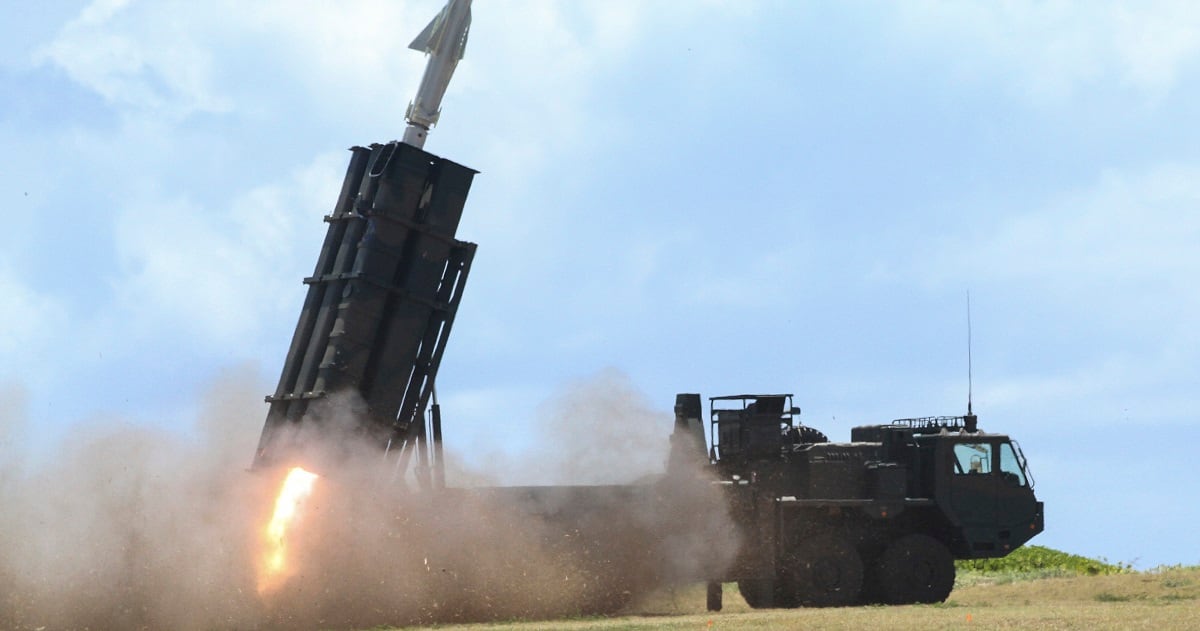After four years of new partnerships with Pacific nation armies, the Army’s Pacific Pathways program is gearing up for version 2.0, which will mean big changes for Army units rotating through the theater.
Since the start of the Pacific Pathways program, with partnerships and Army unit rotations in the region, U.S. Army Pacific has sustained about three unit rotations a year, sending soldiers hopping across many countries for various exercises and training events, Gen. Robert Brown, commander of U.S. Army Pacific, told Army Times.
But the next version of the program will see units going to fewer countries and staying longer, he said.
That move hopes to get mid- and high-level commanders in the units more familiar with each other’s operations and how to plug in quickly in case of emergency.
“You don’t want to form relationships in a crisis,” Brown said.
For more coverage from the AUSA annual meeting, click here.
Col. Derrick Cheng, a spokesman for Army Pacific, said that the first Pacific Pathways partnered Army units with Indonesia, Malaysia and Japan back in 2014. Since then, thousands of soldiers have rotated in deployments with these and other partners.
The goal is for units to head into theater with a task-oriented mission that will use assets of multiple nations coordinated in a series of exercises. This differs from past training partnerships that matched U.S. military with only one other partner in an isolated, bi-lateral exercise.
This year, the program took units from the 25th Infantry Division to train with Republic of Korea units in exercises in the Philippines.
Another portion of the program saw units with the Indiana Army National Guard’s 76th Infantry Brigade Combat Team and the 16th Combat Aviation Brigade from the 7th Infantry Division of Joint Base Lewis McChord, Washington, supported by 10th Regional Support Group from Okinawa, Japan, in the first-ever Guard-led task force for a Pacific Pathways rotation.
RELATED

The 2.0 version is still under development, Cheng wrote in an email to Army Times, but the initial concept is to adjust the deployment schedule so that units west of the International Date Line would deploy longer but with fewer moves.
“The longer time between movements will allow units more time to train on fundamental wartime tasks,” he wrote. “Which will build readiness at lower tactical echelons while increasing interoperability with our allies at the higher echelons.”
This year saw the Rim of the Pacific exercise, traditionally a heavily maritime focused large-scale exercise, use the Army, Air Force and partner forces in novel methods for sensing, communicating and targeting in a Multi-Domain arena.
That dovetails with the Army’s Multi-Domain Operations Task Force, a concept quickly becoming doctrine that aims to hit domains beyond the traditional sea, air and land, adding cyber, space and electronic warfare spectrums.
Each of the new Pathways missions will have an MDO focus, looking at how the Army units work alongside their partners in a variety of domains, Cheng wrote.
Army Pacific also is embracing U.S. Indo-Pacific Command’s new name and focus on the nations of the Indian Ocean.
But it’s not as though those nations have been ignored until now.
Army Pacific is in its 14th iteration of Exercise Yudh Abhyas, a Hindi phrase that means “Preparing for War."
That exercise pairs the Indian Army with the American Army. Since 2004, they’ve exchanged tactics for counterinsurgency operations, including jungle warfare, counter-IED drills, intelligence and small team operations.
With demands outpacing even those complicated mission sets, the training has evolved to include humanitarian assistance, disaster relief, counterterrorism and peacekeeping operations.
Some of that work came into use in response to the 2015 earthquake in Nepal that killed nearly 9,000 people and injured more than 22,000.
Todd South has written about crime, courts, government and the military for multiple publications since 2004 and was named a 2014 Pulitzer finalist for a co-written project on witness intimidation. Todd is a Marine veteran of the Iraq War.




